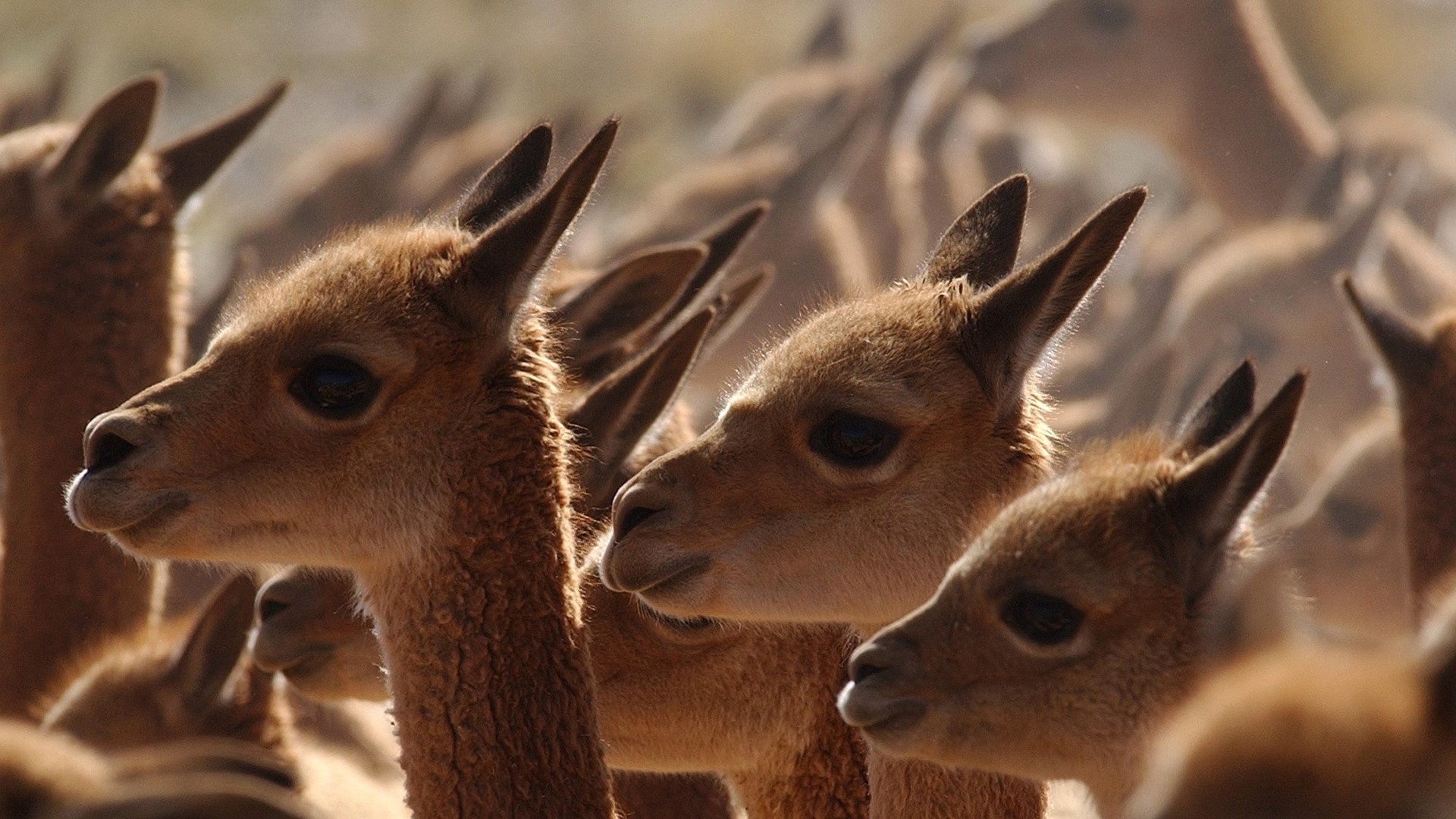Climate change means cashmere and other quality materials are in trouble
As global temperatures rise, climate change is taking a toll on a number of natural resources and putting industries that rely on those resources at risk—including fashion.


As global temperatures rise, climate change is taking a toll on a number of natural resources and putting industries that rely on those resources at risk—including fashion.
Luxury fashion depends on already scarce and expensive materials for its high-end goods. A number of these materials come from environments that are particularly sensitive to shifts in climate, and as the world heats up, changes to their quality and availability are likely, according to a new report (pdf).
The financial consequences could be serious for high-end fashion brands: material costs may go up, operations can be disrupted, and poor products can undermine the very notion of luxury.
So which materials are at risk? The report, created by luxury group Kering and BSR, a nonprofit consultancy that helps companies with their sustainability, singled out cashmere, cotton, and others:
- Cashmere: The fine, warm wool grows on a type of goat that resides largely in Mongolia and China. The amount of wool each goat grows and its quality are “highly dependent” on the surrounding temperature. Colder is better, which means as temperatures rise, luxury brands—and consumers—will likely see “reduced quality.” Harsh weather and drought have already led to the deaths of millions of goats. As Mongolian herders increase their flocks to compensate for such volatility, overgrazing is quickly eroding the grasslands where they live. The result is “undernourished goats with coarser hairs.”
- Cotton: Extra-fine cotton, such as the Egyptian and Pima varieties, is one of the materials most at risk, according to the report. Cotton is notorious for how much water it requires, which means drought is a threat. It happens that cotton “is often grown in countries that are exposed to risks associated with elevated and variable temperature and water availability.” The report says African and South American cotton are vulnerable in the future, while in Pakistan and India, farming is already happening near the upper limit of cotton’s growing temperature.
- Vicuña: Prized for its softness, the wool from the llama-like animal is the most expensive fiber in the world, with one jacket priced in excess of $20,000. Vicuñas are only found in one region of the Central Andes, which is already at risk from rising temperatures. In 2010, for instance, a drought in Bolivia caused many of their watering holes to dry up. It’s harder for the animals to survive in such conditions, and the lack of water combined with temperature fluctuations can also mean less wool grown on each one. It’s going to take a “coordinated and focused effort” to maintain a supply of high-quality vicuña, the report states, adding that climate change also puts the small communities that herd and shear the animals at risk.
- Silk: One of the safer fibers on the list is silk, since the best variety comes from a domesticated silk worm that’s actually raised indoors. China’s silk worms aren’t so much at risk as India’s are, since lack of developed infrastructure in the country can limit growers’ ability to control climate. Extreme weather is also a problem. In 2014 a cyclone caused $115,000 in damage to India’s silk industry, and the surviving cocoons were of low quality.
- Cow leather: Luxury’s preference is for calfskin, which is softer than adult cowhides. Calves face less threat from climate change since they’re typically reared indoors, but cattle herds broadly could suffer. Higher temperatures raise the likelihood of disease and infestations from pests such as lice and ringworm, which can leave marks on the cows’ hides. The number of hides could also diminish as higher temperatures and water scarcity shrink pasture land and make it harder to maintain large herds. Brazil, one of the world’s top producers of leather hides, is particularly at risk.
- Sheep leather: Sheep are hearty and adaptable, but they also face a possible rise in disease and pests that can mark their skin. The quality of grazing pasture may affect their hides too, so as climate change turns grasslands into desert, it could reduce quality. Availability could become an issue as well, since a great deal of sheep leather comes from small-scale producers who may not have the resources to adapt as conditions change.
The conclusion: Luxury brands should start preparing for some resource scarcity, and get their operations ready for a low-emissions future. Change is coming.